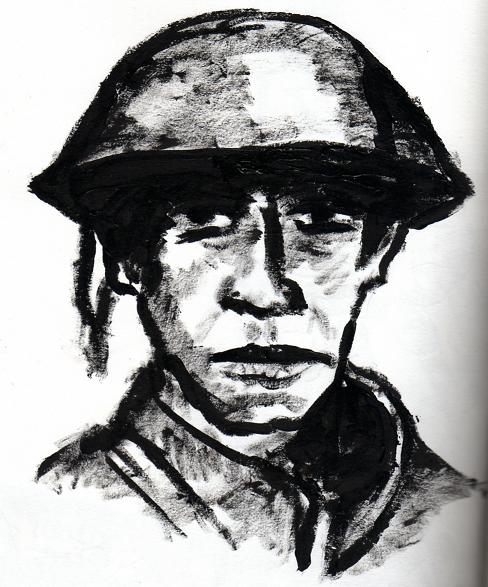How is ART used in therapy???
The use of art as a form of therapy is open ended. That is, therapists use patients’ free form art expressions to encourage them to talk about the images and to begin to look to themselves for meaning and insight. Combined with talk therapy, it can help people deal with strong emotions, increase self-awareness and self-worth and decrease stress and anxiety.
Through integrative methods, art therapy engages the mind, body, and spirit in ways that are distinct from verbal articulation alone. Kinesthetic, sensory, perceptual, and symbolic opportunities invite alternative modes of receptive and expressive communication, which can circumvent the limitations of language. Visual and symbolic expression gives voice to experience and empowers individual, communal, and societal transformation.
There is widespread agreement that art is ‘very important’ – but it can be remarkably hard to say quite why. Yet if art is to enjoy its privileges, it has to be able to demonstrate its relevance in understandable ways to the widest possible audience.
Alain de Botton and John Armstrong have a firm belief that art can help us with our most intimate and ordinary dilemmas, asking: What can I do about the difficulties in my relationships? Why is my work not more satisfying? Why do other people seem to have a more glamorous life? Why is politics so depressing?
The purpose of this book is to introduce a new method of interpreting art: art as a form of therapy. It’s the authors’ contention that certain art works provide powerful solutions to our problems, but that in order for this potential to be released, the audience’s attention has to be directed towards it in a new way (which they demonstrate), rather than towards the more normal historical or stylistic concerns with which art books and museum captions are traditionally associated. The authors propose that the squeamish belief that art should be ‘for art’s sake’ has unnecessarily held back art from revealing its latent therapeutic potential.
This book involves reframing and recontextualising a series of art works from across the ages and genres, so that they can be approached as tools for the resolution of difficult issues in individual life.
Source: www.artastherapy.com
The benefits art therapy can have on mental and physical health
Art can be a versatile form of therapy that can help people of all ages.
Art therapy has been around since the 1940s. Two pioneers in the field, Margaret Naumburg and Edith Kramer, used art therapy as a way to help clients tap into their inner thoughts, feelings and experiences through creative expression. Therapist use patients’ free form art expressions to encourage them to talk about the images and to begin to look to themselves for meaning and insight. Combined with talk therapy, it can help people deal with strong emotions, increase self-awareness and self-worth and decrease stress and anxiety. Art therapy can involve a variety of creative expression including drawing, painting, coloring or sculpting, to name a few.
Over the decades, art therapy has been used mainly by mental health practitioners for patients ranging in age from the very young to the elderly, war veterans, prisoners and people with diagnosed mental disorders. By the 20th century, art therapy was a recognized field requiring certification and training in both art and therapy. Art therapy has also moved outside of mental health facilities and into other community settings such as schools, shelters, nursing homes, residential treatment facilities and halfway houses.
In more recent years, researchers have explored the benefits of art therapy for treating a variety of physical health difficulties. Some of their findings show art therapy:
- Helped reduce pain, decrease symptoms of stress and improve quality of life in adult cancer patients.
- Improved ability to deal with pain and other frightening symptoms in children with cancer.
- Reduced stress and anxiety in children with asthma.
- Stimulated mental function in older adults with dementia.
- Indicated a reduction in depression in Parkinson’s patients.
In her book, The Art Therapy Sourcebook, Cathy Malchiodi, a leading expert in today’s art therapy movement, states that, through art therapy “people may find relief from overwhelming emotions, crises or trauma. They may discover insights about themselves, increase their sense of well-being, enrich their daily lives through creative expression, or experience personal transformation.”
Michigan State University Extension recognizes that overall human health encompasses many aspects, and positive health outcomes involve integrated mental, physical, social/emotional and environmental approaches. Art therapy is one approach that has proven to benefit both mental and physical health. If you are interested in learning more about ways MSU Extension can help you be healthier, please visit our website, and check out some of our classes such as Stress Less with Mindfulness and RELAX: Alternatives to Anger.
Holly Tiret, Michigan State University Extension – May 25, 2017
This article was published by Michigan State University Extension. For more information, visit https://extension.msu.edu.
